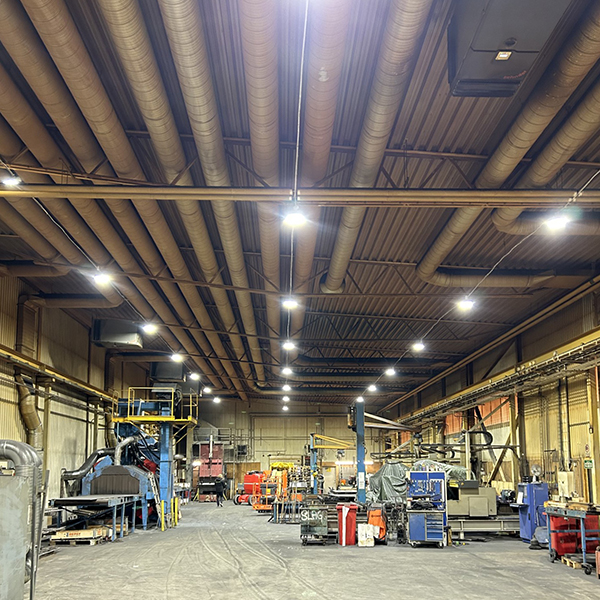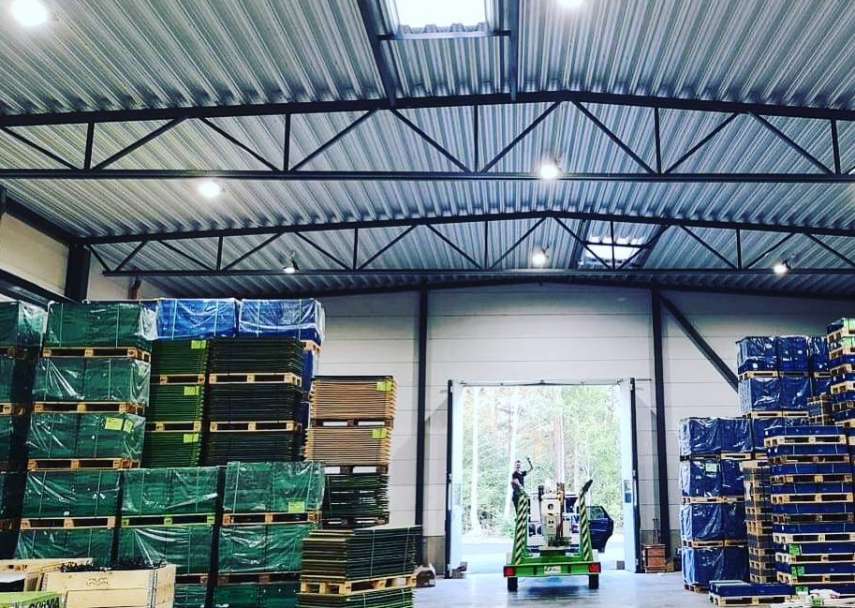Transforming Manufacturing Environments with Smart Lighting
Transforming Manufacturing Environments with Smart Lighting
Blog Article
In the present day Industrial lighting (Industribelysning), efficiency, longevity, and cost-effectiveness are important parts for success. Among the different systems that are revolutionizing industrial procedures, LED (Light Emitting Diode) engineering stands apart as a game changer in professional lighting. Within the last decade, LED lighting has transformed into the preferred selection for companies seeking to enhance energy performance, reduce operational fees, and improve office safety. In this article, we discover the critical position that LED technology plays in shaping the ongoing future of industrial lighting.

Power Efficiency: Reducing Functional Charges
One of the very significant features of LED engineering in industrial light is their energy efficiency. Unlike traditional lighting alternatives, such as incandescent or fluorescent lights, LEDs consume much less energy while giving the exact same (or even superior) degree of brightness. Reports reveal that LED lights can lower power use by as much as 75%, translating in to substantial savings for industrial features around time. These price savings may be reinvested in different critical areas of the business, more improving working efficiency.
Endurance and Durability
LED light is noted for its extended lifespan, with many LED lamps sustained around 50,000 hours, in comparison to only 1,000 hours for incandescent bulbs. This longevity minimizes the requirement for frequent substitutes, reducing maintenance prices and downtime in professional settings. Furthermore, LED lights are more tough, capable of resisting hard conditions such as for instance intense temperatures, vibrations, and shocks. That makes them perfect for challenging industrial environments like warehouses, factories, and production plants.
Improved Perfection and Presence
In commercial settings, correct light is vital for employee safety and productivity. LED lights present remarkable lighting and better gentle distribution, ensuring that function places are illuminated uniformly. This can help reduce the risk of incidents, particularly in places wherever detail and attention to aspect are required. The increased presence also plays a part in improved employee effectiveness, as tasks could be accomplished more precisely and with less mistakes.
Environmental Affect and Sustainability
As environmental concerns keep on to rise, businesses are significantly turning to sustainable solutions. LED lighting is really a more eco-friendly option in comparison to standard illumination technologies. LEDs don't include dangerous components like mercury, that will be frequently within fluorescent bulbs. Moreover, they are 100% recyclable, lowering the total amount of waste developed by industrial facilities. By making the move to LED engineering, corporations may lower their carbon presence and subscribe to a greener future.

Conclusion
The use of LED technology in professional light presents numerous benefits that enhance both working performance and sustainability of businesses. From their energy-saving abilities to its toughness and remarkable lighting quality, LED technology is transforming industrial lighting and enabling corporations to keep aggressive within an ever-evolving market. As industries continue steadily to prioritize energy effectiveness and cost-effective options, LED engineering can undoubtedly play a vital role in surrounding the continuing future of industrial lighting. Report this page